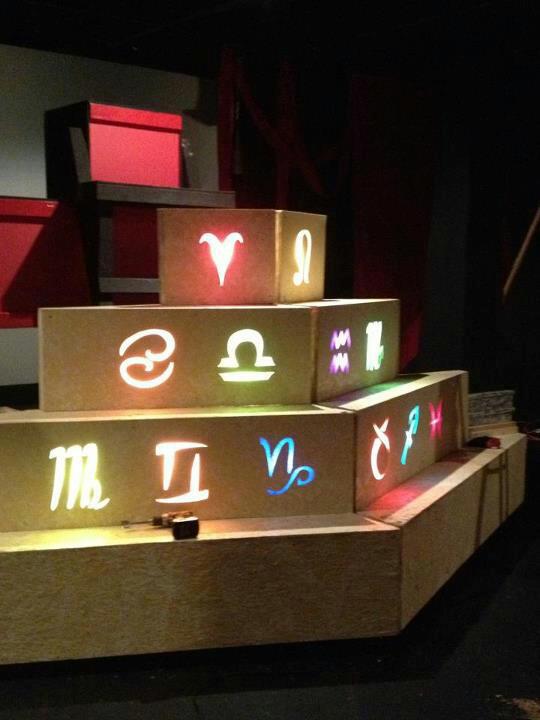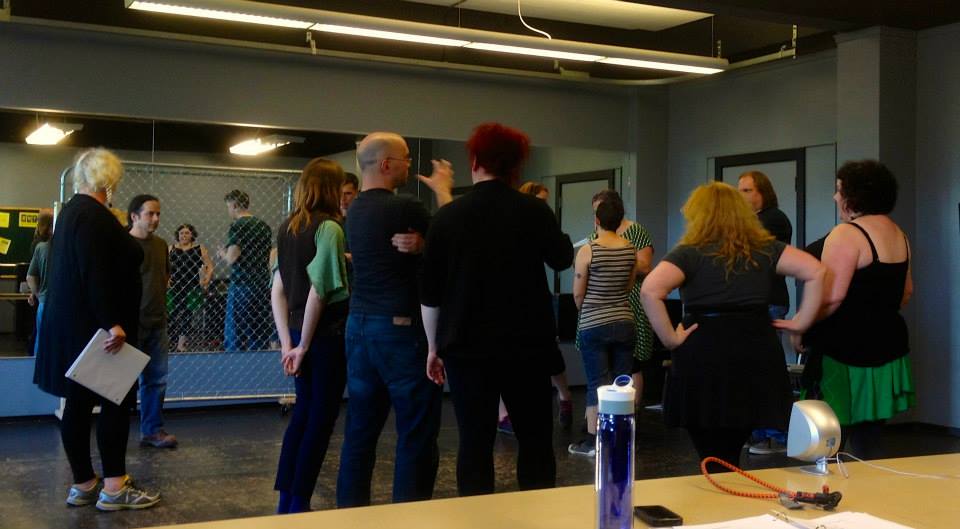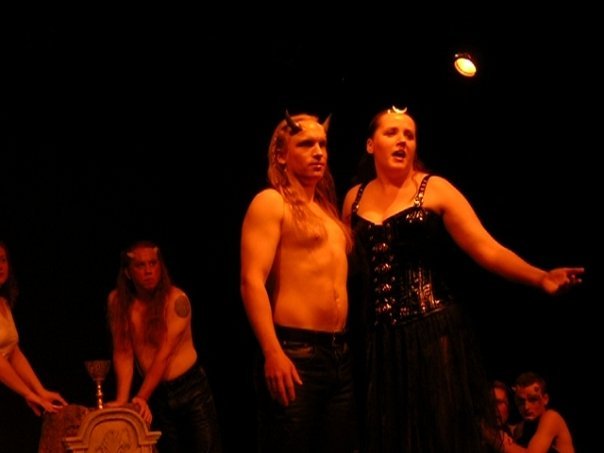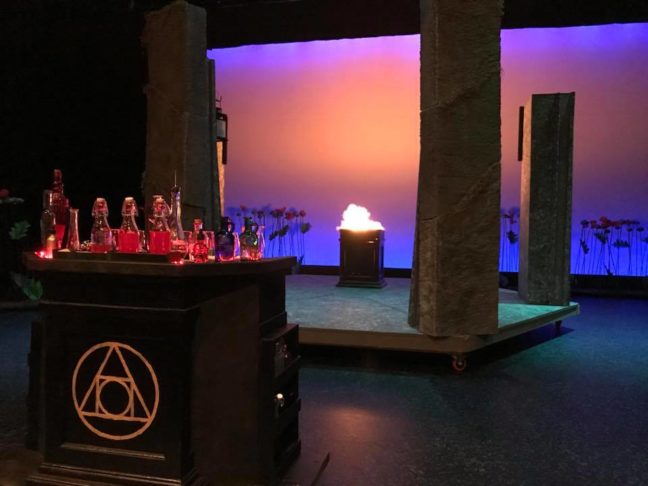A Circle of Stars
Having covered getting started last post, we are going progress to advice on scaling the Rites to a larger size. Not everyone is going to want to do this. Remember that The Rites of Eleusis started out as elaborate house parties, and an intimate setting is very enjoyable, and illuminating for performers and attendees.
Doing the Rites on a large scale is certainly not a requirement, but it is possible if you want to do it, and following these steps, mostly painless.
As you recall I wrote about rehearsal time and planning, and I am going to start by including that information here, and then expand upon it.
[You may also note that while I copied this, I corrected it. Because for some reason I wrote all of this backward in the original post. I fixed it there, too.]
“Plan your rehearsal dates. I have a handy guide for amount of rehearsal time required. Each of the Rites runs a little more than an hour if not embellished.
Readers-Theater: One hours of rehearsal per 20 minutes of stage time.
On-Book: One hour of rehearsal per 15 minutes of stage time.
Memorized: One hour of rehearsal per 10 minutes of stage time.
Embellished: One hour of rehearsal per 5 minutes of stage time.
Using the above rules, a “Readers-Theater” style presentation, three one hour rehearsals would be adequate. For an “On-Script” presentation, four one hour rehearsals is called for. For a memorized production, 6 rehearsals is optimal, with everyone off book for the final two. For an embellished production, which will probably run closer to two hours, you will need to plan as many as a dozen two hour rehearsals. Note that I am talking about actual rehearsal time. You can plan for 15 minutes at the beginning and end of meetings to discuss related matters like costumes, props, etc.”
Disregarding the information on shorter presentations, this handy guide is very useful for planning your rehearsal schedule, and it assumes that you have planned every embellishment in advance.

Read that again: in order to employ this schedule, you will need to plan every embellishment in advance!
What this means is that, before you launch into one of the larger presentations of The Rites of Eleusis, you are going to have to spend some serious time doing research and planning. I cannot recommend more strongly that if you plan to stage a large production, you complete your annotations before you start your auditions. For the record, this is something Melissa Holm took point on throughout our productions, and excelled at. This inclusion of annotation, will result is some adaptation of our previous steps. They are very similar in essence, but differ in execution, just as a larger presentation will differ in scale.

1. Find your cohort
Imagine and approach who you would like to work with, but be ready to be flexible. Your cohort now becomes your dream team, and you might not be able to get all of them on-board, as a larger lead time and rehearsal schedule will shrink your available pool. That said, I make this step one because:
A. People who are skilled are busy, so asking early allows them to free their calendar.
B. If you can work your schedule around people with specific skills, it will inform your annotations and adaptations early in the process. We often started penciling rehearsal and performance dates 2 years in advance for our productions, and it worked rather well.

2. Find your director (or plan your direction!)
Much as previously stated, you will need to select your director at this point, and refine your vision. This is where script annotation happens! Other than your specialty talent from the previous step, your really shouldn’t worry too much about casting until the annotation is 80% completed.
As the annotation takes time, you will find that if you cast before your annotations are complete, attrition will lead to recasting. Better to wait until you are within 6 to 8 months of your target performance date before really casting.
Unless you have an encyclopedic knowledge of mythology and symbolism, you should plan on doing a great deal of research at this stage. You should also read the Rite you are planning to stage repeatedly, and look for your own inspiration within the poetry.
Lastly, you are entirely free to substitute different poetry, or to edit the verses included in the original Rites. Allow yourself the latitude to make this artwork your own, and shape it into what you truly desire. Now, with this in mind, I am going to provide an example of an annotated Rite of Venus I accidentally found in 2006 when I forwarded the link to our cast without reading it. This is NOT the Rite of Venus presented by Aleister Crowley, but it is a Rite of Venus clearly adapted from his work, and one it may have been a great deal of fun to present.
A (Annotated) Rite of Venus
Still not as awesome as my Rocky Horror Rite of Venus idea, but very close.

We will continue through our flow chart to excellence in the next post! See you then!
